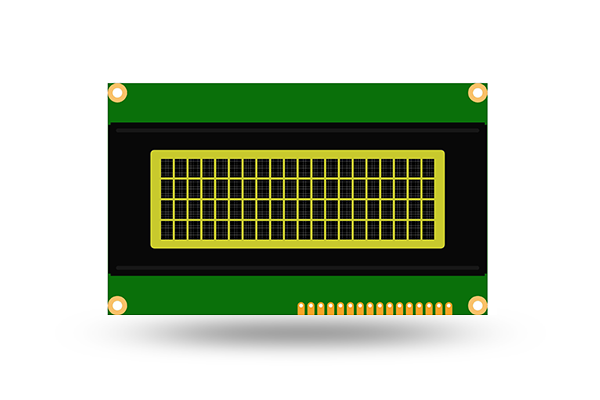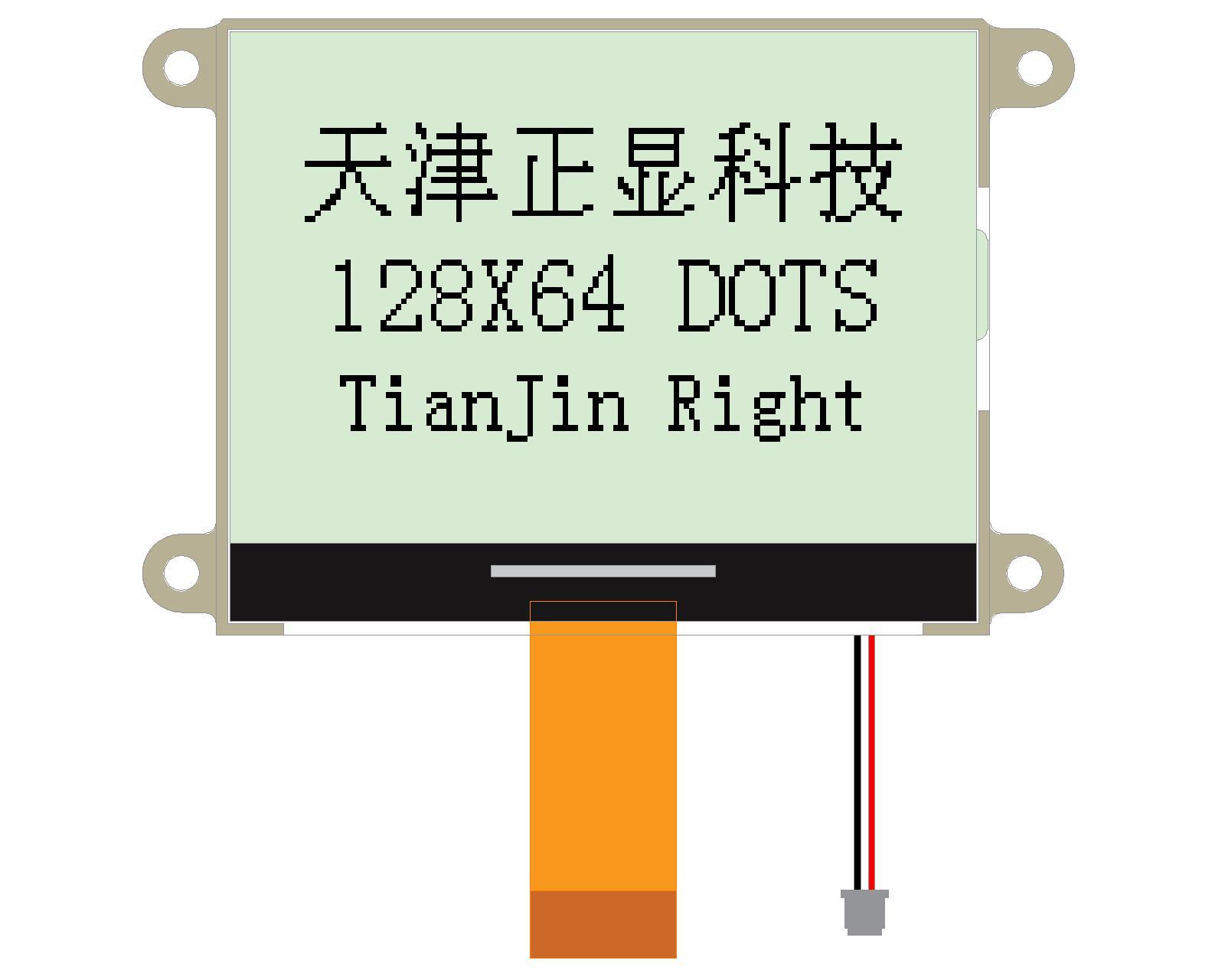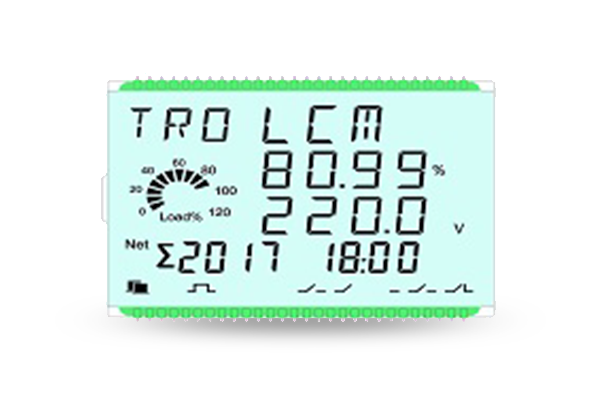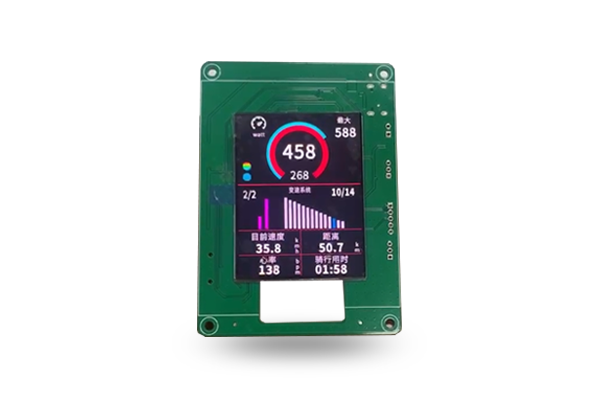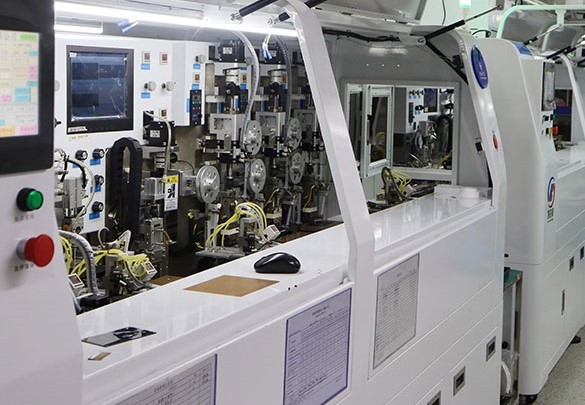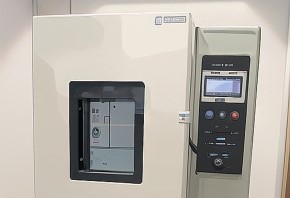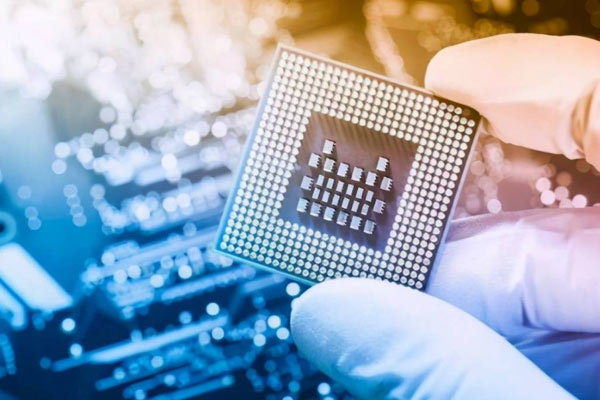CCFL frame rate can be modulated for a smaller percentage of time at full voltage.
This may cause some noise but you can have limited control of the CCFL. However LED backlight brightness is easier to control. It can be achieved by regulating the backlight DC- current, PWM control, or implementing special LED drivers (IC).
Converting to six bits from eight bits selection requires using the most significant bits and discarding the least significant as seen below.
Six bit signal
Eight bit signal
0 0 0 0 0 0 0 0
0 0 0 0 0 0 0 1
0 0 0 0 0 0 1 0
0 0 0 0 0 0 1 1
... ... ... ... ... ... ... ...
1 1 1 1 1 0 1 1
1 1 1 1 1 1 0 0
1 1 1 1 1 1 0 1
1 1 1 1 1 1 1 1
MSB LSB
Most LCDs have a digital-to-analog converter built-in that takes the digital data and translates it to the analog signal that is sent to the display. The data comes in on a 8-bit or 6-bit data format. All 0’s equate to black and all 1’s equate to white. If you have a controller that can output 8 data bits, but a display that can only accept 6, you simply drop the low-order bits and adjust the least significant bit.
You must turn on the Vcc supply voltage, then within 10-20 milliseconds apply all of the data signals including the data bits, sync signals and clocks. If you apply the data signals before you apply power, you get into a latch-up condition. The LCD looks like a CMOS device that can draw high current if a signal is before Vcc is turned on. This makes the potential of a high current path to ground from the signal lines if Vcc is not applied before the data signals.
Secondly, the display needs an AC signal to function properly. If only a DC signal is applied, damage can occur. Generally the damage occurs slowly and is a function of duration, temperature and other conditions, but the effect is cumulative and failures will eventually occur. You can also have a latch-up problem if you wait too long to apply the Sync signals.
Some displays have a built-in voltage doubler. If you don't apply the clocks quickly enough, you can create another latch-up condition in the display. A power sequencing latch-up problem almost always shows up as an all white or all black display. Then, if you turn it off and back on it may start working. Latch-up conditions are almost always recoverable. The only time when permanent damage occurs is when excessive power flows through driver’s ESD diodes.
The source of most noise radiation from the display comes from the synchronization clock that runs at very high speeds. On a VGA display it runs at 25 MHz. The use of small R-C circuits or inductance on the data clock can soften the edges and lower the radiation. Shielding of the connection cable is another method to reduce noise, but it tends to be more expensive. Another technique for larger displays is to use LVDS transmission systems where the TTL signals are transmitted as low voltage differential signals. This is the technique used currently in most laptops.
It is also important to ground the display frame to a good AC signal ground. This helps contain the noise generated by the display as well as to become a shield for noise generated by electronics close to the display.


